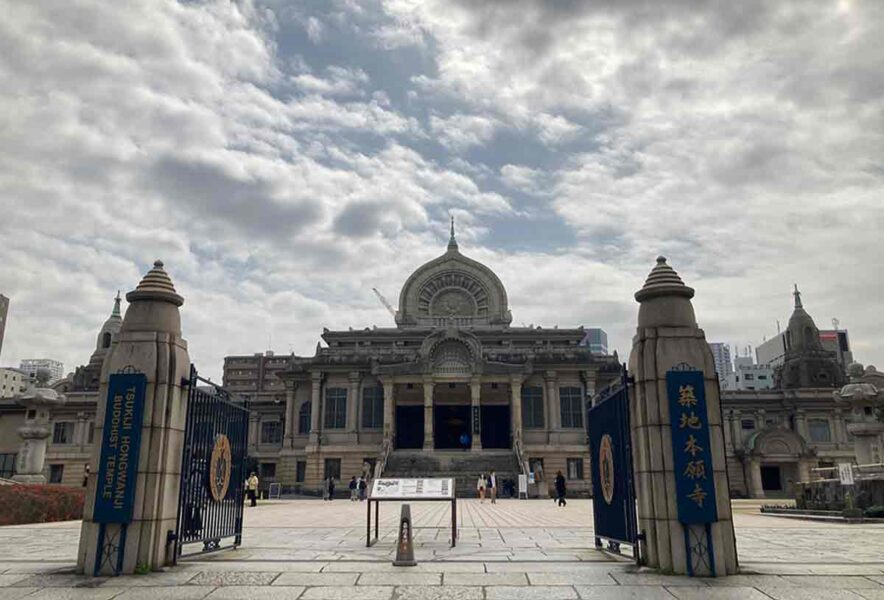Tsukiji Honganji, Chuo Ward, is the temple of the Jodo Shinshu Hongwanji-ha denomination whose head temple is Nishi Hongwanji in Kyoto. It has the world construction elements of India, Japan, Western, and China in detail, so that many tourists visit to see the temple’s design which is different from other temples in Japan.
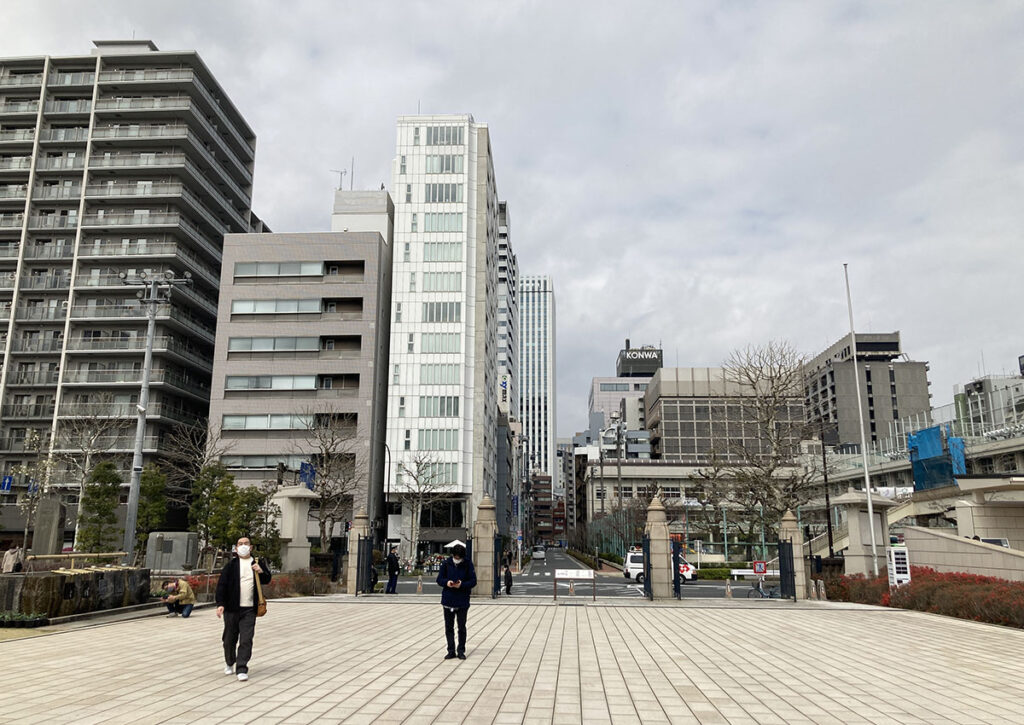
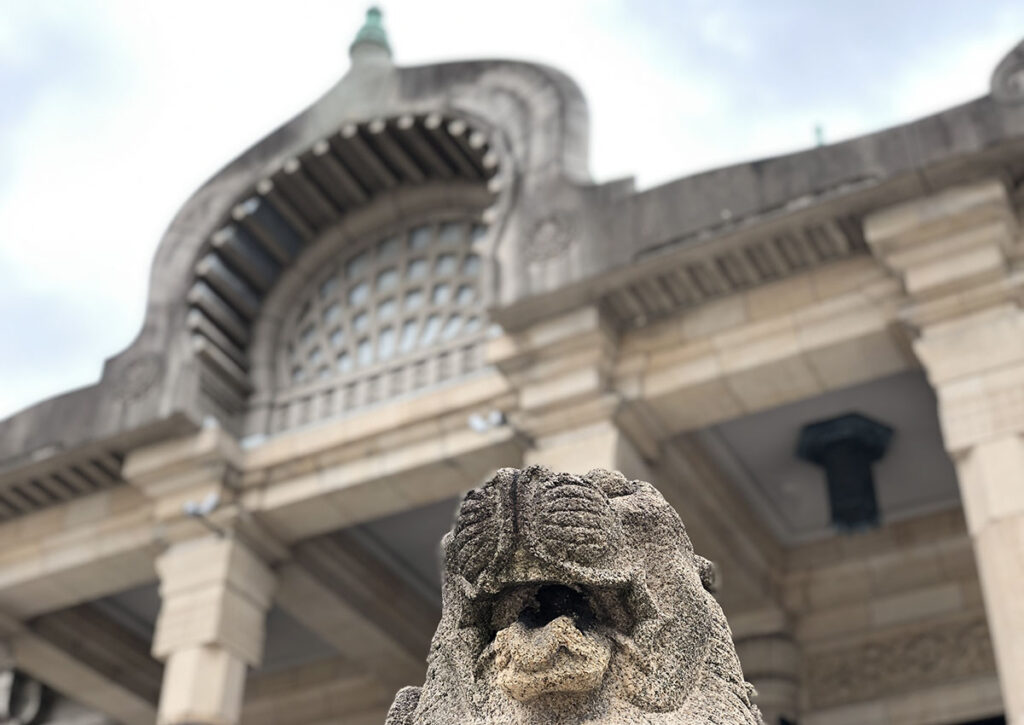
History of Tsukiji Honganji Temple
Tsukiji Hongwanji was established as the largest dojo of a prayer to Amida Buddha, near Asakusa in 1617. However it was burned down by a big fire called “Great fire of Meireki” in 1657. The present place was given by the Edo Shogunate for the reconstruction, yet it was over the ocean at that time. The name “Tsukiji” came from the fact that they reclaimed land from the sea, built the ground, and established the main hall. Although it was destroyed again by the fire of the Great Kanto earthquake in 1923, it became the present main hall after the re-establishment in 1934.It does not have a temple gate which we can see at many temples in Japan, and it has an open structure with a large garden.
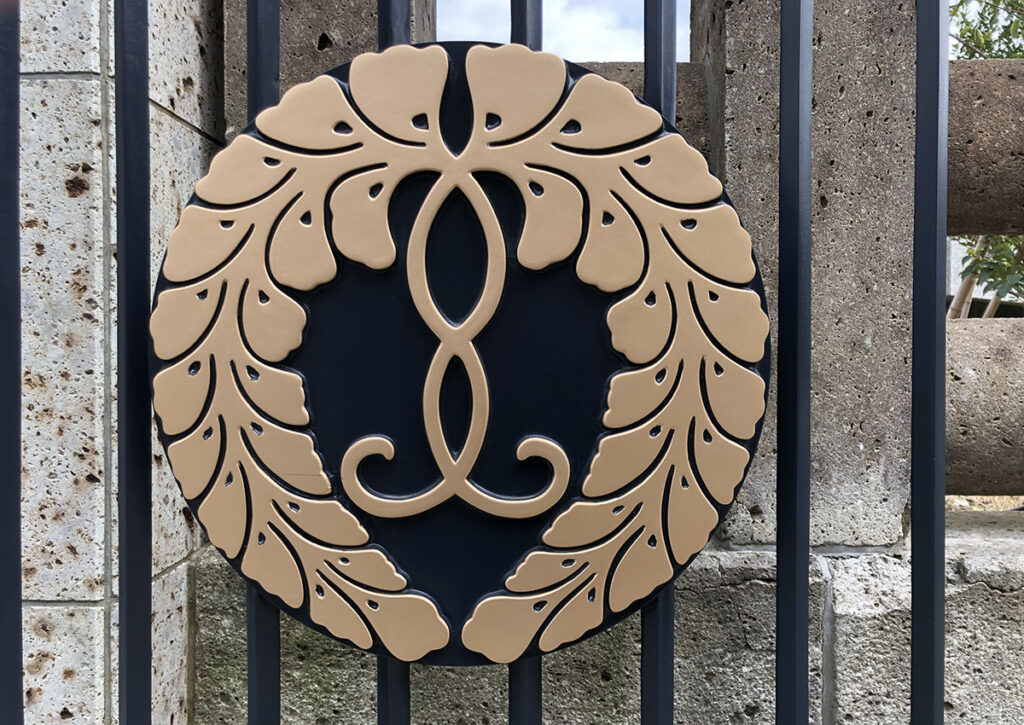
Sights to see of Tsukiji Honganji Temple
Main hall
The current main hall was designed by Ito Chuta, who is an honorary professor at Teikoku University and an architect. It is said that its oriental, international, and unique architecture was affected by Otani Kozui, who was a suzerain of the Jodo Shinshu Hongwanji-ha at that time, and Ito Chuta met him when he traveled Asian countries.
The half circle roof has a tree of Buddha motif, and it is designed using the Ancient Indian Buddhist style. It is a two-story reinforced concrete building, and formed by the central part which enshrines the principle image, the north wing and the south wing. The roofs of the north wing and the south wing have a penthouse that is created like a pagoda in India, so that we can see the other countries’ architecture in many parts. On December 10th, 2014 it was designated as the national important cultural property.
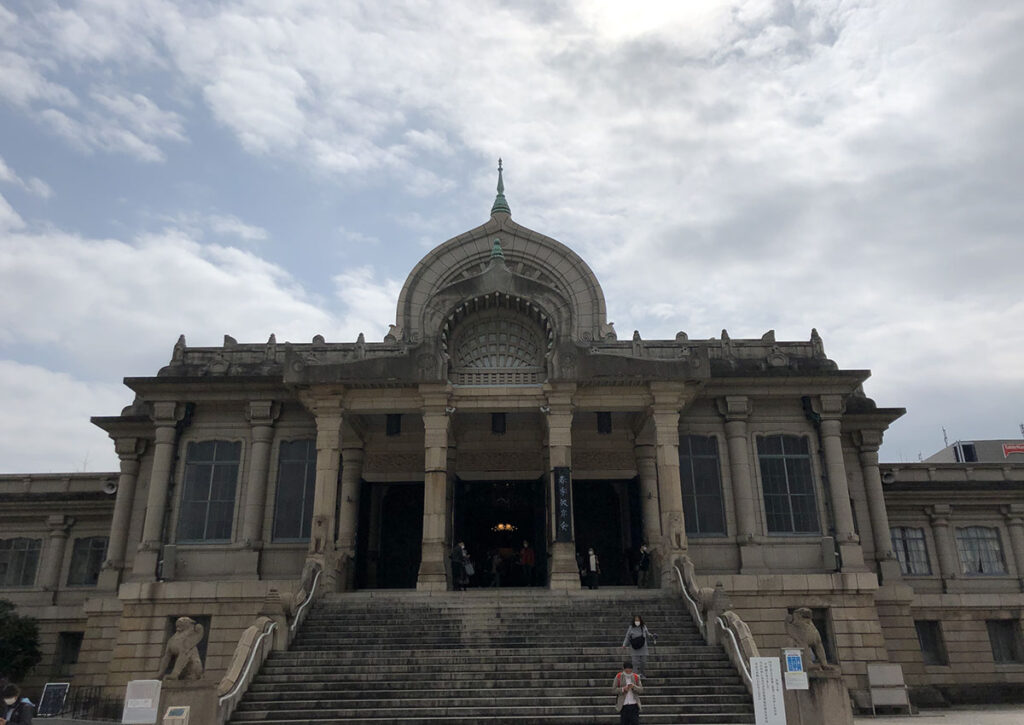
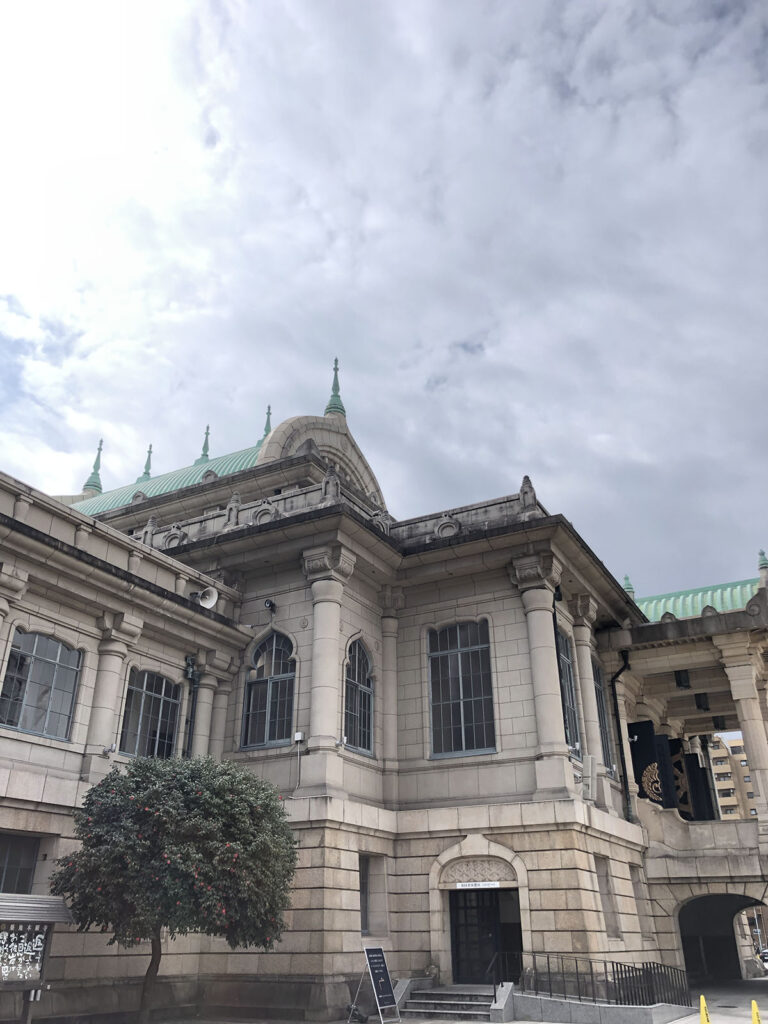
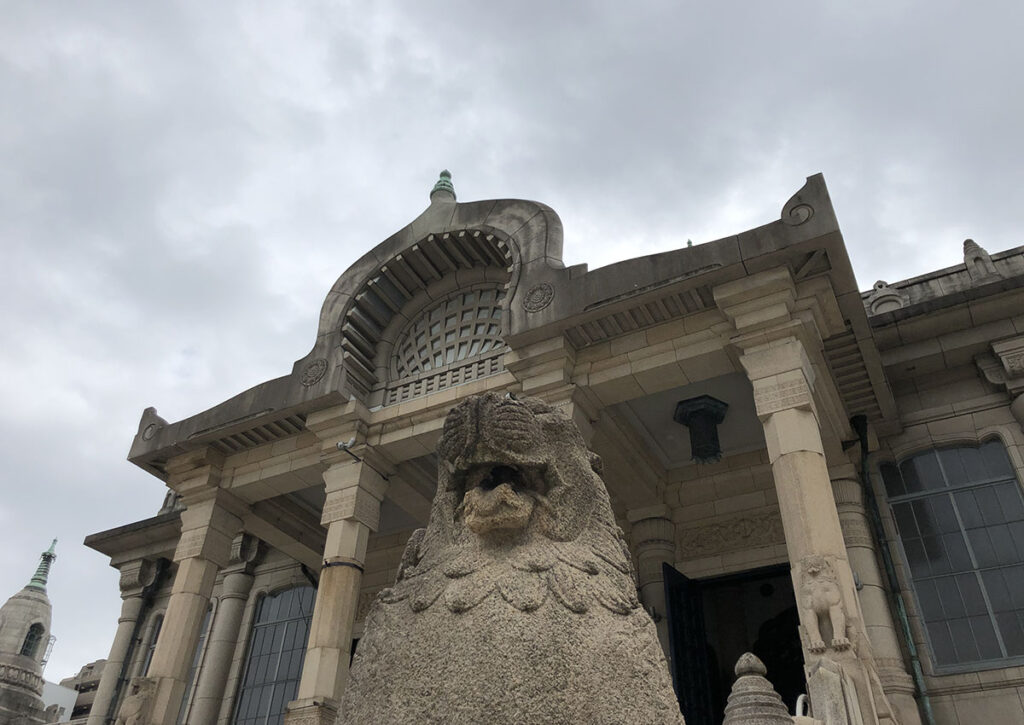
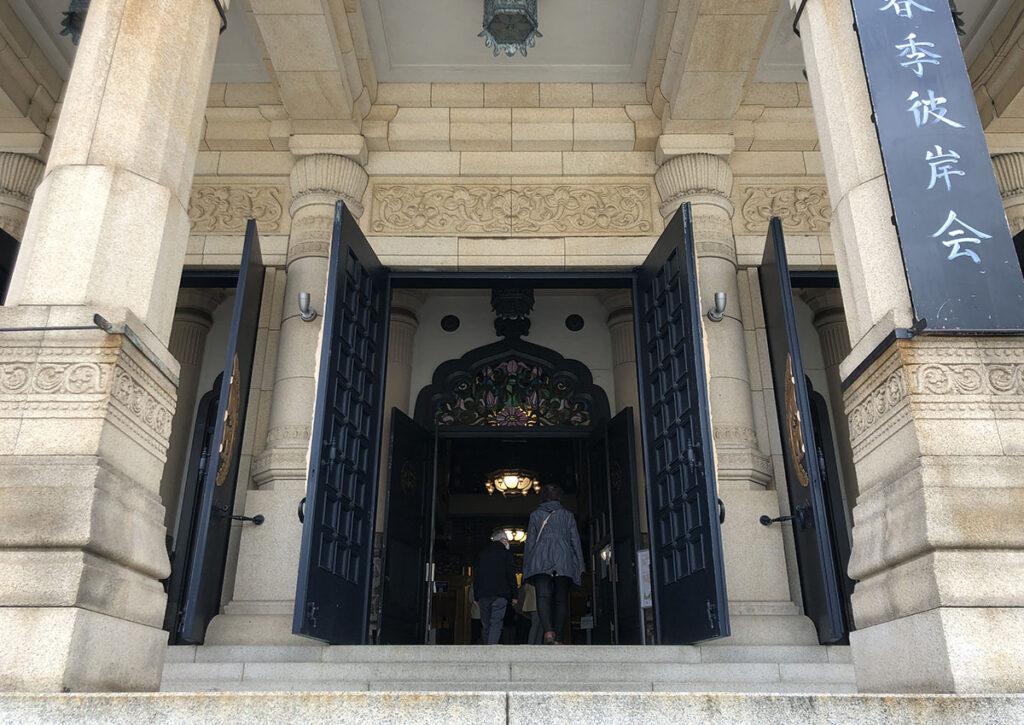
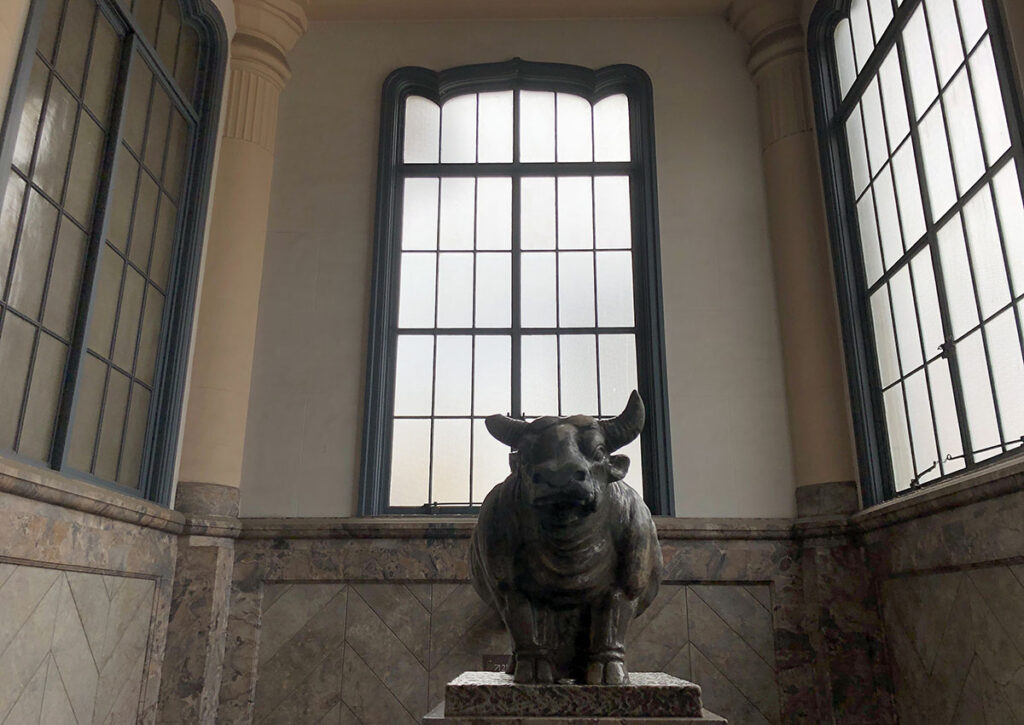
There is a beautiful stained glass on the transom of the entrance to the main hall. We imagine the Western church from a stained glass; nevertheless, it has a lotus in the design which makes it like Buddahism temple.
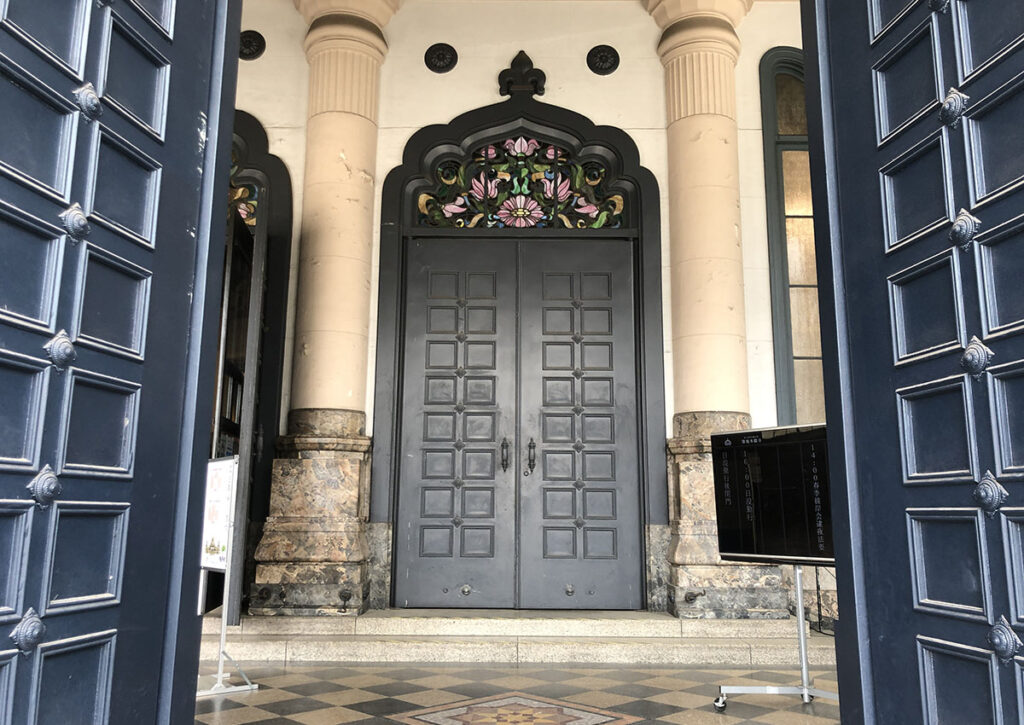

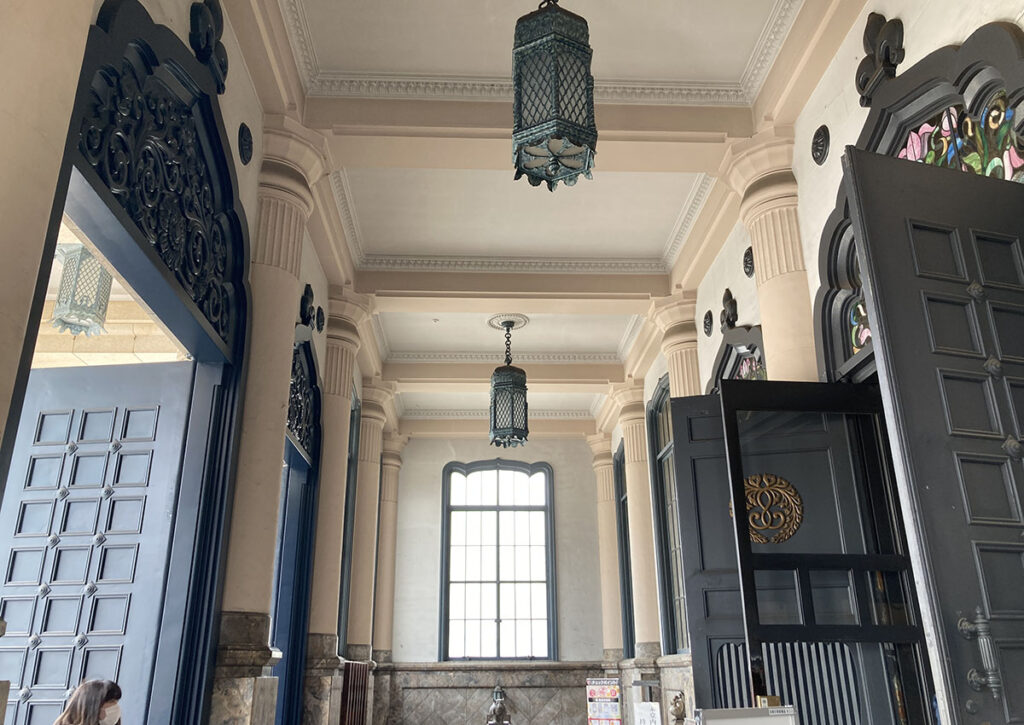
The principal image
The principle image is Buddha Amida; moreover, the temple enshrines Shiran, who is the founder of the Jodo Shinshu, Shonyo, who is the 23rd suzerain of the Jodo Shinshu Hongwanji-ha, Prince Shotoku, who spread Buddhism correctly in Japan, and Shichikoso that Shinran regarded as his mentor.
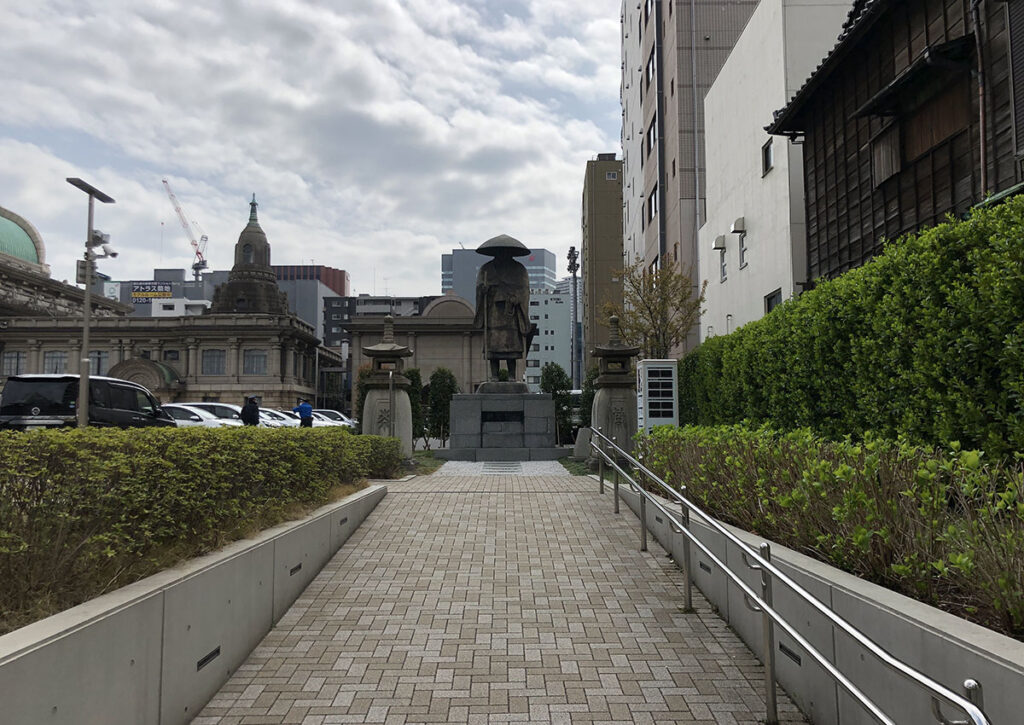

Large pipe organ
Tsukiji Hongwanji is famous for the temple with a pipe organ. At the top of the main hall, there is a pipe organ composed of 2,000 pipes, lengths from 1cm to 3m. It was donated to hope for the prevalence of Buddhism music in 1970.
The right and left pipes represent six mountains, and they express “Na” “Mu” “A” “Mi” “Da” “Butsu.” Furthermore, the 48 pipes which are in front of the both sides represent Forty-eight wishes from Buddhist sutra of the Jodo Shinshu.
Although it is surprising that there is the pipe organ whose image is Western style at the temple, of which the image is Japanese style, the pipe organ at the Tsukiji Hongwanji completely matches its image. You can listen to the timbre of the organ at the Buddhist sermon, wedding ceremony, and lunchtime concert on the last Friday of every month.
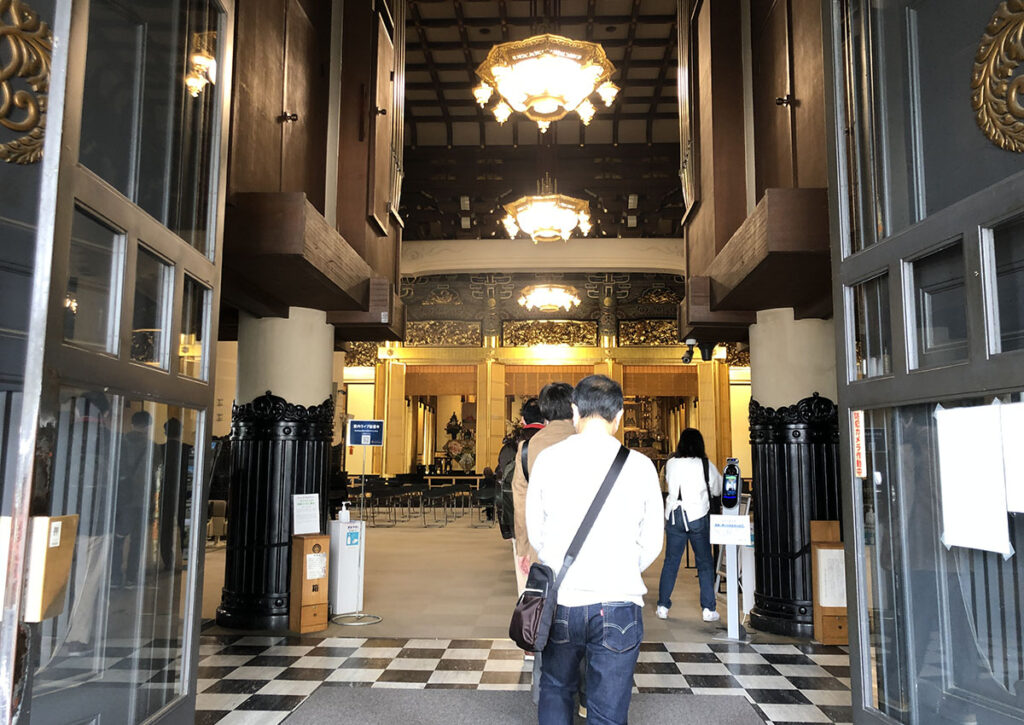
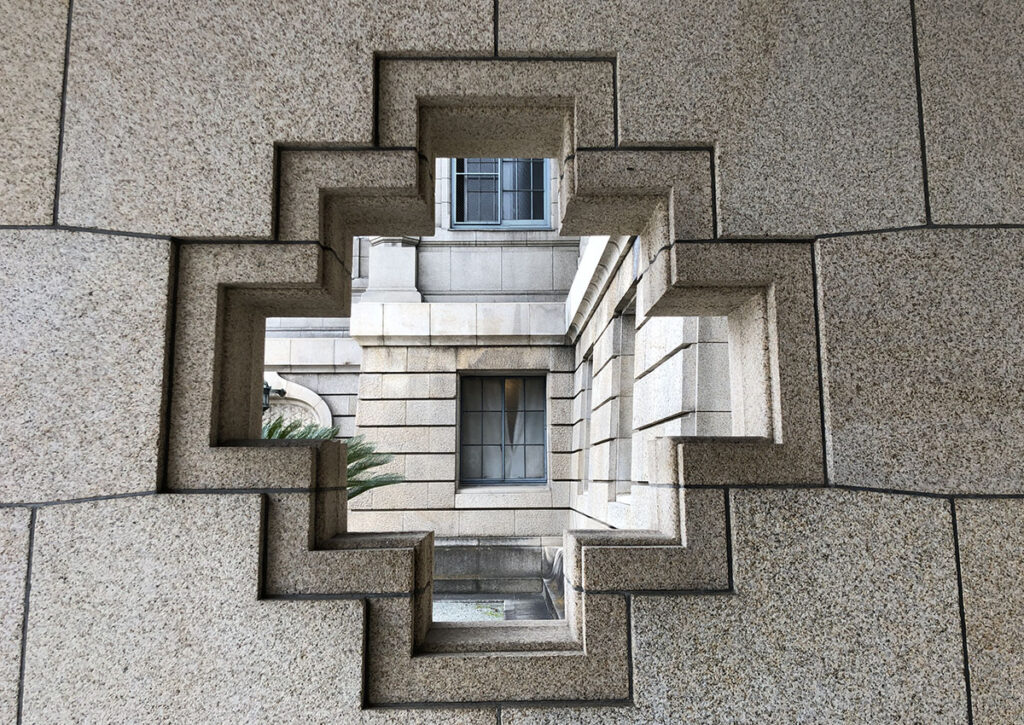
Other highlights
Since the inside of the Tsukiji Hongwanji is spacious, there are “Main Hall,” “Second Dendo Kaikan,” “First Dendo Kaikan,” and “Tsukiji Hongwanji Information Center.”
At the information center, you can enjoy various books about Buddhism for a beginner and for a specialist at the “Book Center.” At the “Official Shop,” you can buy not only Tsukiji Hongwanji goods, the original bags and the towels, but also cute sweets like wasanbon, and goods for the actual Buddhist service.
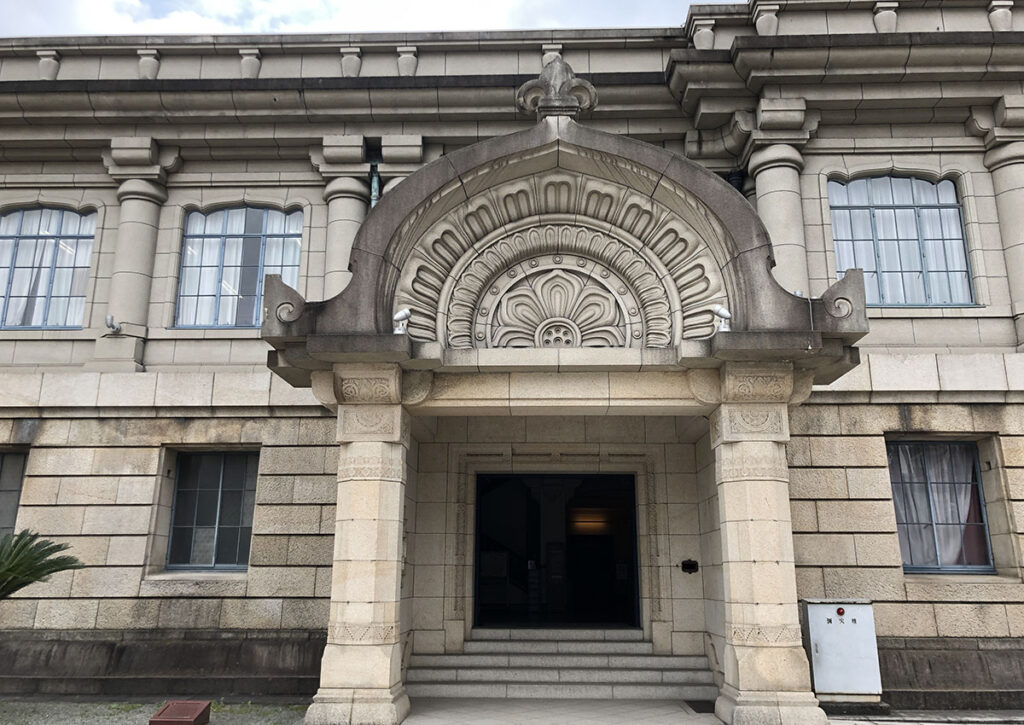
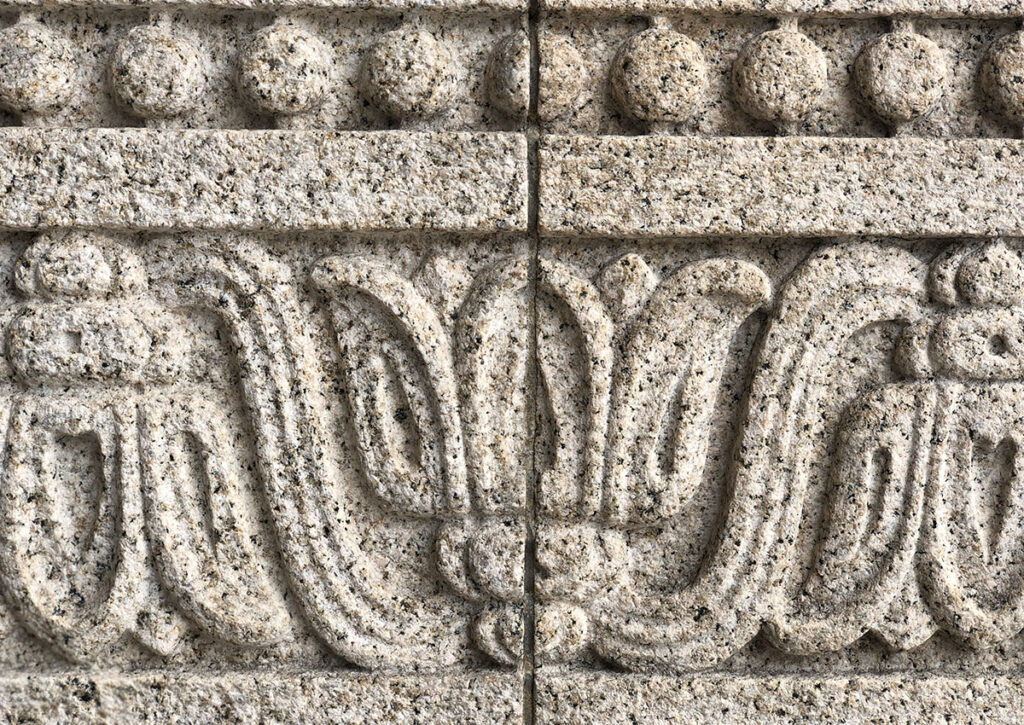
At the cafe “Tsukiji Hongwanji Cafe Tsumugi,” you can enjoy popular “18-dish breakfast,” other breakfast and lunch menu related to Buddhism and the Jodo Shinshu, and snacks of Tsukiji Outer Market. Moreover, there are Tea Lounge and the Japanese restaurant at “First Dendo Kaikan.”
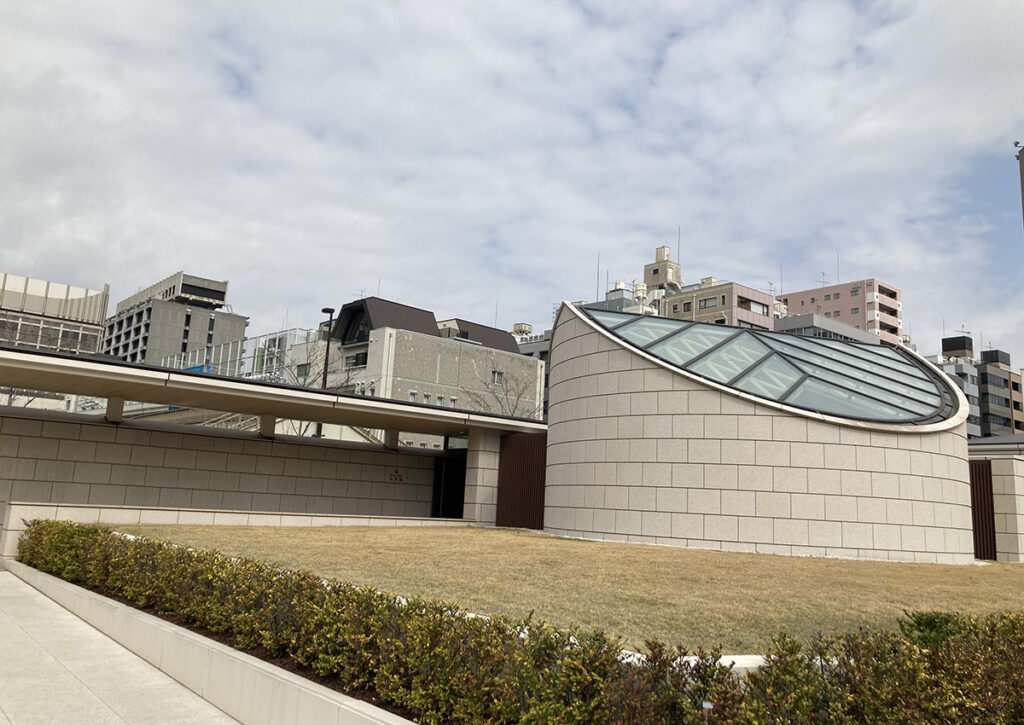
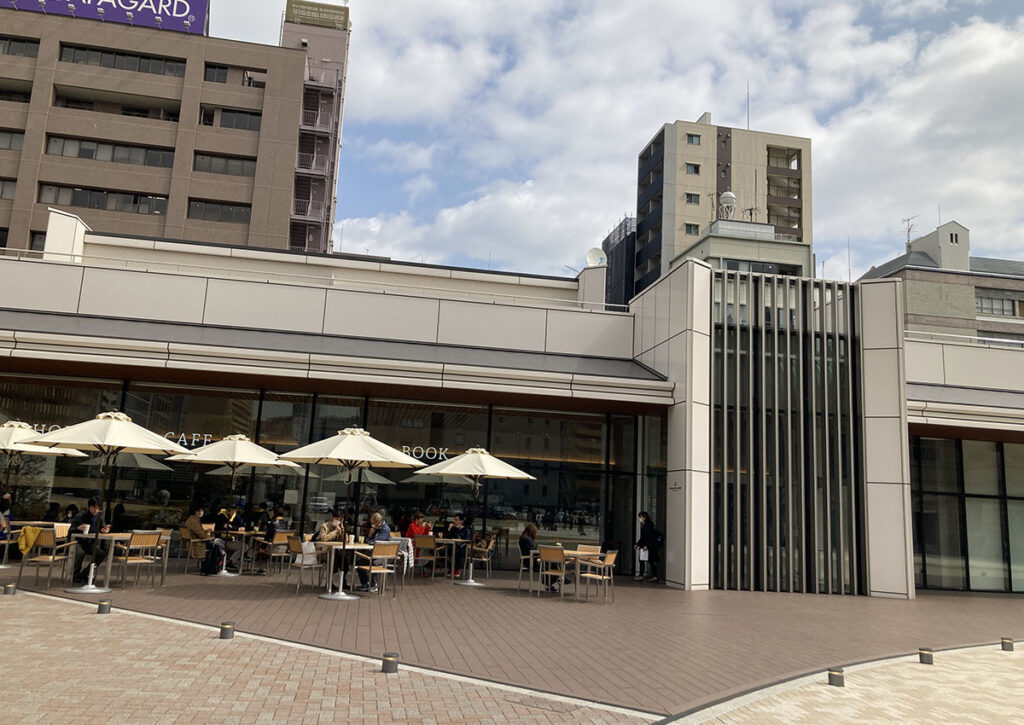
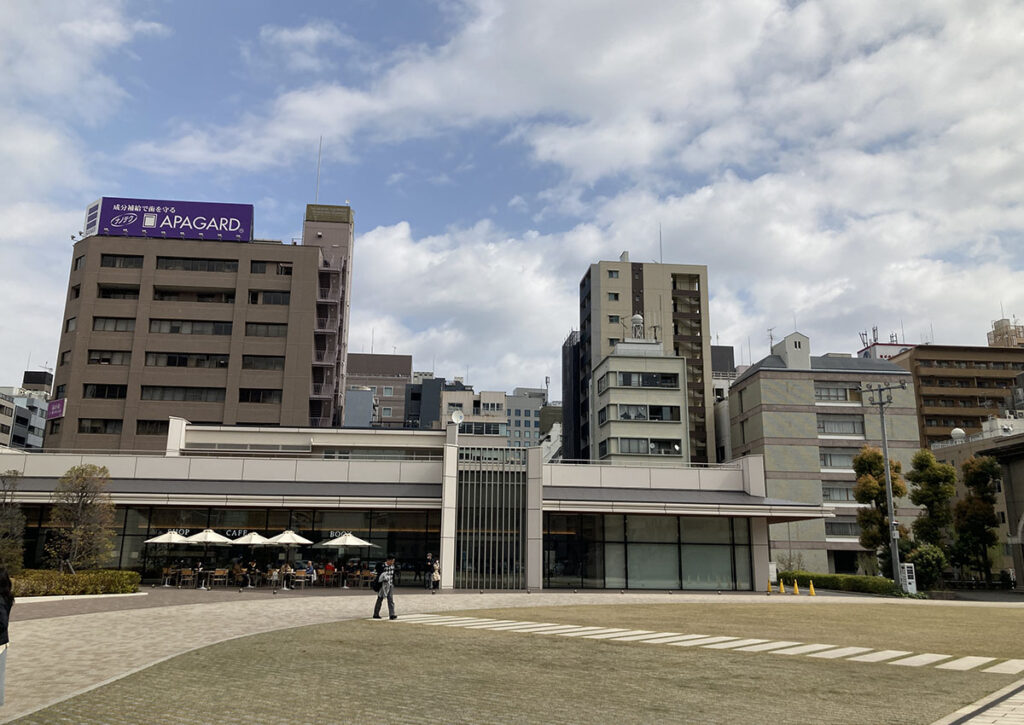
Access to Tsukiji Honganji Temple
3-15-1 Tsukiji, Chuo City, Tokyo
Parking around Tsukiji Honganji Temple
Tsukiji Honganji Temple Official Website
official site:https://tsukijihongwanji.jp/
